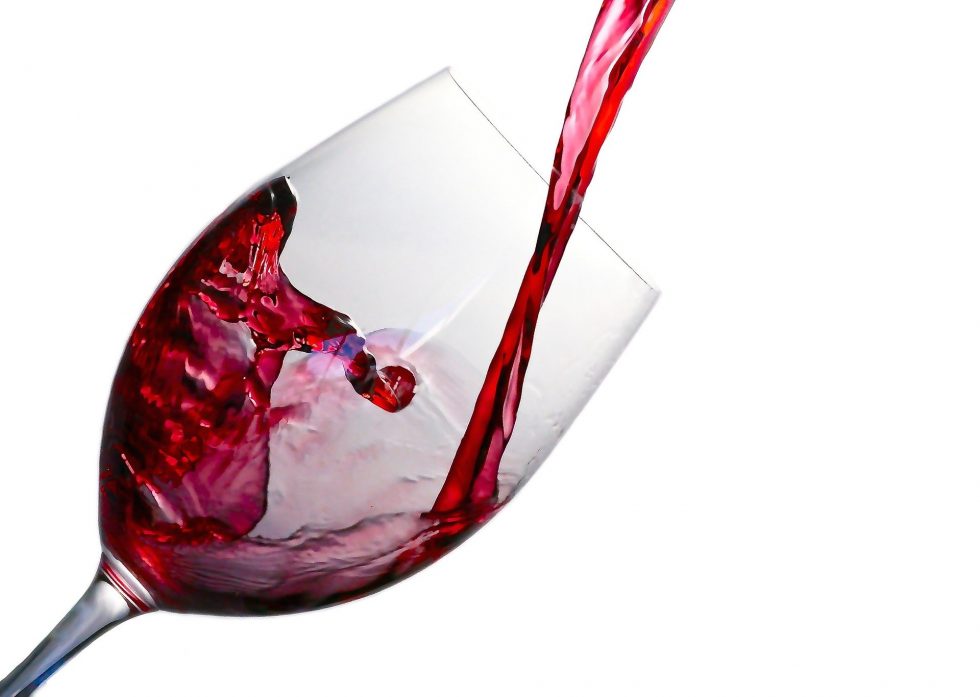In a recent study, “Alcohol Consumption during the COVID-19 Pandemic: A Cross-Sectional Survey of US Adults” the authors found the following related to alcohol use during the period of time of COVID-19:
“Participants during COVID-19 reported consuming alcohol on an average of 12.2 days and 26.8 alcohol drinks over the past 30 days. Over a third (34.1%) reported engaging in binge drinking and seven percent reported engaging in extreme binge drinking.
Those participants who reported being very or extremely impacted by COVID-19, consumed more alcohol (including both on more days and more total drinks) in the past 30 days. Moreover, nearly two-thirds of the participants reported that their drinking had increased compared to their consumption rates prior to COVID-19. Reasons for this increase were increased stress, increased alcohol availability, and boredom.”
A glass of alcohol here and there does not pose a problem for most people.
Alcohol can affect blood sugar levels and pose an increased health risk for those with health conditions, such as diabetes and insulin resistance.
Alcohol can interfere with blood sugar levels because the liver is working very hard to remove the alcohol from the blood instead of managing blood sugar levels.
Alcohol consumption can also interfere with the hormones needed to maintain healthy blood sugar levels. Insulin, a hormone, is manufactured by the pancreas and released to aid the cells in converting the sugar to usable energy, and excessive consumption of alcohol can reduce the effectiveness of insulin, and this results in high blood sugar levels.
The liver breaks down most of the alcohol consumed, so it can be removed from the body. But the process of breaking it down can generate harmful substances. Most of the ethanol in the body is broken down in the liver by an enzyme called alcohol dehydrogenase (ADH), which transforms ethanol into a toxic compound called acetaldehyde (CH3CHO), a known carcinogen.
Another damaging result of heavy alcohol consumption is Alcoholic Fatty Liver Disease. Drinking a large amount of alcohol, even for just a few days, can lead to a build-up of fats in the liver. This is called Alcoholic Fatty Liver Disease and is the first stage of Alcohol-Related Liver Disease (ARLD.)
Fatty liver disease rarely causes any symptoms, but if not addressed can ultimately lead to cirrhosis, late stage scarring of the liver which prevents the liver from working properly.
The solution to high blood sugar levels and a fatty liver is to ease this excess burden of sugar. This is possible by reducing or eliminating alcohol, and dietary changes, such as reducing the consumption of refined sugar and carbohydrates. Doing more exercise is an excellent way to improve sugar utilization by the body.
Full study can be found here:

